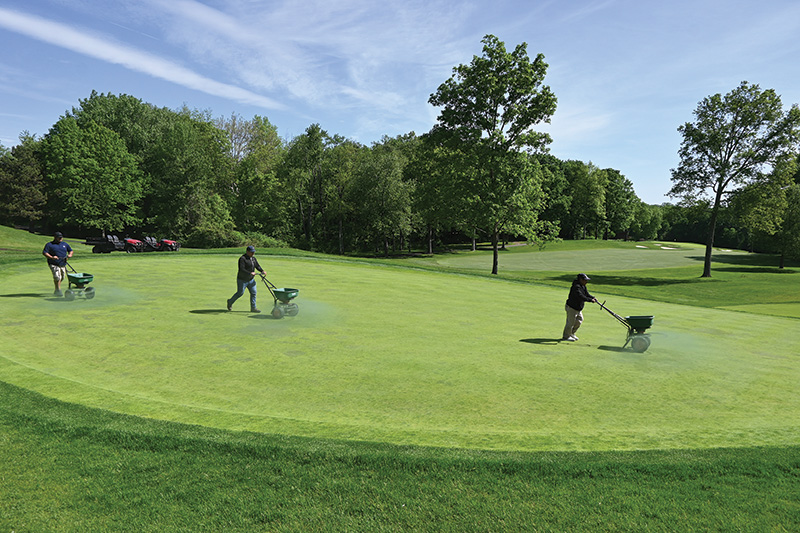This involves the upkeep, repair, and management of facilities and amenities within clubs, including recreational, social, and sports clubs. It encompasses a wide range of tasks and responsibilities aimed at preserving the functionality, safety, and aesthetics of club premises to ensure a positive experience for members and visitors. From routine cleaning and maintenance to equipment servicing and facility upgrades, club maintenance plays a crucial role in maintaining operational efficiency and enhancing member satisfaction.
club maintenance encompasses a comprehensive range of tasks and responsibilities aimed at preserving and enhancing club facilities, amenities, and grounds to meet the needs and expectations of members and visitors. By prioritizing facility maintenance, groundskeeping, building repairs, equipment servicing, safety compliance, member communication, and sustainability initiatives, clubs can create inviting, functional, and sustainable environments that foster enjoyment, wellness, and community engagement.
- Facility Maintenance:
Facility maintenance is a core aspect of club maintenance, involving the regular inspection, cleaning, and repair of club facilities and amenities. Maintenance tasks may include cleaning restrooms, locker rooms, and common areas, inspecting and repairing fitness equipment, maintaining swimming pools and tennis courts, and servicing HVAC systems, lighting, and plumbing fixtures. Routine maintenance helps prevent equipment failures, prolongs the lifespan of facilities, and ensures a safe and hygienic environment for club members and staff.
- Groundskeeping and Landscaping:
Groundskeeping and landscaping play a vital role in enhancing the aesthetic appeal and functionality of club grounds and outdoor spaces. Groundskeepers and landscapers are responsible for maintaining lawns, gardens, and outdoor recreational areas, including mowing grass, pruning trees and shrubs, planting flowers, and managing irrigation systems. Well-maintained landscapes create inviting and enjoyable outdoor environments for members to relax, socialize, and participate in outdoor activities.
- Building Repairs and Renovations:
Building repairs and renovations are undertaken to address structural issues, aesthetic enhancements, and functional improvements within club facilities. Club maintenance teams may repair damaged walls, floors, or ceilings, replace worn-out fixtures and fittings, and upgrade interior finishes to enhance the appearance and functionality of club spaces. Renovations may also involve remodeling or expanding facilities to accommodate changing membership needs and preferences, such as adding new fitness facilities, dining areas, or event spaces.
- Equipment Servicing and Upkeep:
Equipment servicing and upkeep are essential for maintaining the operational efficiency and safety of club amenities and recreational facilities. Maintenance technicians regularly inspect, lubricate, and repair fitness equipment, sports courts, swimming pool equipment, and audiovisual systems to ensure proper functioning and compliance with safety standards. Scheduled equipment servicing helps prevent breakdowns, minimizes downtime, and maximizes the lifespan of club assets
- Safety and Compliance:
Safety and compliance are paramount in club maintenance to protect members, staff, and visitors from potential hazards and risks. Maintenance teams adhere to safety protocols and regulatory requirements, such as building codes, fire safety standards, and health regulations, to ensure the safe operation of club facilities. Regular safety inspections, emergency preparedness plans, and staff training programs help mitigate risks and maintain a secure and compliant environment within the club.
- Member Communication and Feedback:
Effective communication with club members is essential for understanding their needs, addressing concerns, and soliciting feedback on club facilities and services. Clubs may establish communication channels, such as suggestion boxes, member surveys, or online feedback platforms, to gather input from members regarding maintenance issues, facility improvements, and service enhancements. Responding promptly to member feedback and implementing appropriate measures demonstrate a commitment to member satisfaction and continuous improvement.
- Sustainability Initiatives:
Sustainability initiatives are increasingly integrated into club maintenance practices to reduce environmental impact, conserve resources, and promote energy efficiency. Clubs may implement green building practices, such as energy-efficient lighting, water-saving fixtures, and renewable energy technologies, to minimize resource consumption and lower operating costs. Waste reduction, recycling programs, and eco-friendly landscaping practices further contribute to sustainability goals and enhance the club's environmental stewardship.
